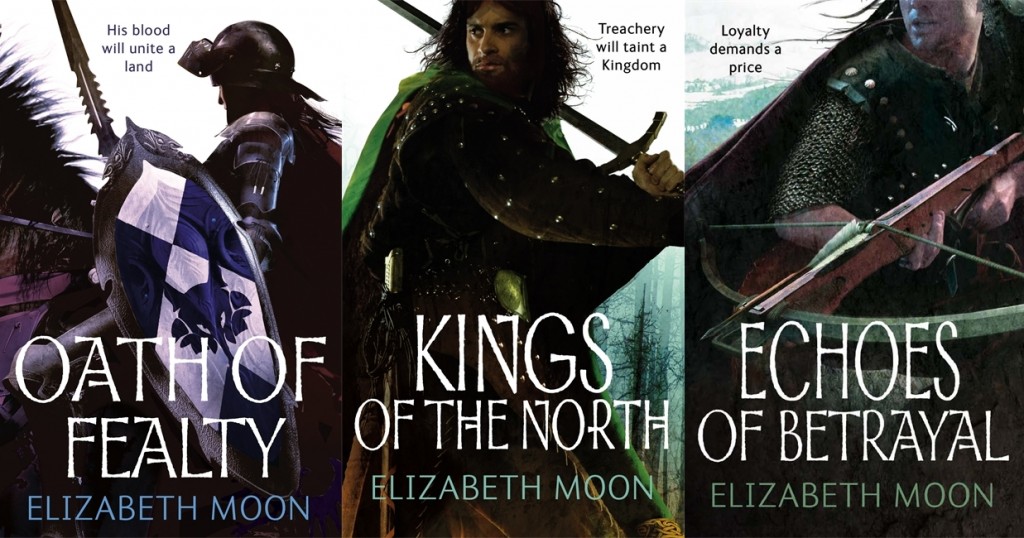Heroes Who Inspired Me
I guess it’s not a big surprise, since I write about heroic adventures, that I get asked which fictional heroes within the sci-fi/fantasy genre inspired me.
I’ve actually got a rather long list, but let me talk about some of my favorites.
I still remember the first time I saw Star Trek (the original series). James T. Kirk captured my imagination. From Jim Kirk, I learned that a good leader never asks from followers what he isn’t willing to do himself. That a leader takes risks and sacrifices for his people. That some decisions are a choice between two undesirable outcomes, and that innocent actions can have unintended consequences.
Sam Gamgee is another of my favorite heroes. Everyone thinks of Aragorn or Frodo as the hero, but to me, Sam’s the real hero of the piece, the unremarkable person who is in over his head and carries the day because of loyalty and never-say-die determination.
Emma Peel from The Avengers is definitely high on the list, not only for her wardrobe. There were very few women in action roles when I was a kid and even fewer who kicked butt. Emma Peel could hold her own (and even rescue Mr. Steed on more than one occasion) long before today’s cadre of demon hunters, and she was way ahead of her time on the leather jumpsuits and high heels. In 2009 when I was a writer Guest of Honour at FantasyCon in Nottingham, England, I had the pleasure of meeting Brian Clemens, the media Guest of Honour, who helped originate The Avengers. It was terrific to have the chance to tell him how much the show meant to me.
Vanyel Ashkevron broke my heart. Vanyel is the tragic hero of Mercedes Lackey’s The Last Herald Mage series, and a character who felt so real to me that I grieved when the books ended. He enabled me to see the world very differently, and for that, I’ll always be grateful. I stayed up until the wee hours one night at Lunacon for the chance to thank Mercedes Lackey personally.
Then there was Karl Cullinane in the Guardians of the Flame series by Joel Rosenberg. As a high school D&D player, I loved his through-the-looking-glass universe, and could identify with the characters who struggled to live up to the heroic qualities of their role playing alter-egos when real life took an abrupt and dangerous turn.
More recently, John Sheridan from Babylon 5 and Mal Reynolds from Firefly made my heroes list. In Sheridan, I saw someone who had the capacity to grow and adapt when he came to realize that his certainty about the dividing line between enemies and friends could be badly mistaken. Mal Reynolds saw everything he believed in go down in flames, something that happens to everyone sooner or later. He hadn’t made his peace with that, but he found a reason to keep on going–“You can’t take the sky from me.”
I’ll name a few more: Alaric Morgan from Katherine Kurtz’s Camber of Culdi series, Han Solo, Kate Connor (Carpe Demon—gotta love a mom who hunts hellspawn and has to be done in time for the carpool line), Sarah Connor (Terminator—hell hath no fury like a mom with a mission), and a current fictional favorite from outside the genre, China Bayles from Susan Wittig Alberts’ mystery series, who reflects the unexpected growths and losses of a certain point in life.
There are so many more, I think this discussion will need to continue on my Facebook page, so join me there, and I’d love to hear YOUR favorite genre heroes!
Where I’ll be in March-April
– Guest Author at the Arizona Renaissance Festival March 23-24
– Signing at Books a Million, Carolina Mall, Concord, NC 3/30
– Signing at Park Road Books, Charlotte NC 4/27


 Author’s Note: If you haven’t read my books yet, you should totally try the new omnibus. For one, the price is fantastic, but also, the omnibus contains the first three Eli books, ending with The Spirit Eater. You can try the first few chapters of The Spirit Thief for free
Author’s Note: If you haven’t read my books yet, you should totally try the new omnibus. For one, the price is fantastic, but also, the omnibus contains the first three Eli books, ending with The Spirit Eater. You can try the first few chapters of The Spirit Thief for free 


